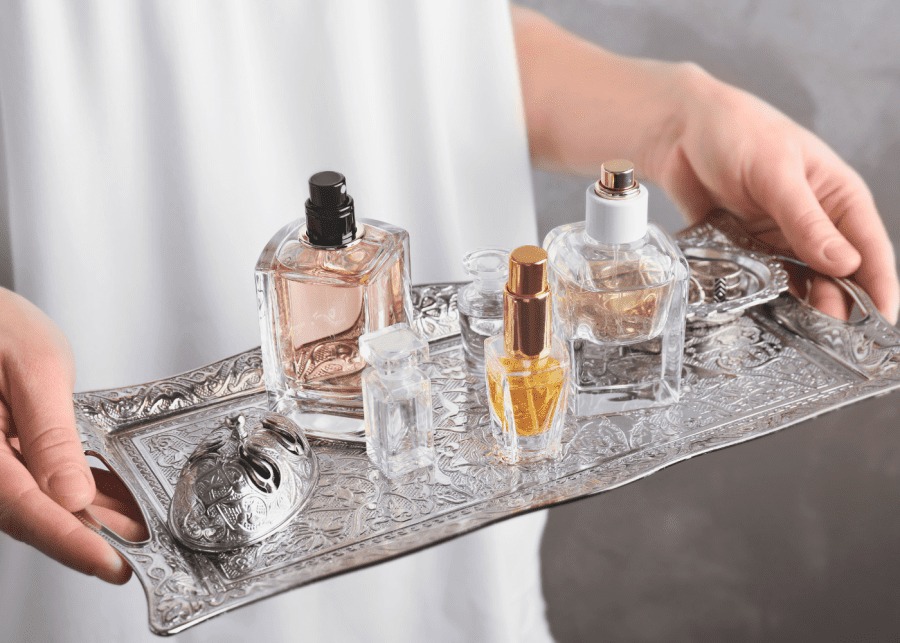
The Allure of Local Perfumes: A Fragrance Journey Rooted in Culture and Craftsmanship
Perfume is more than just a scent; it’s an experience, an expression, and a story bottled up in delicate flacons. Across the globe, local perfumers and artisans have been crafting fragrances that speak to the unique spirit of their regions. These local perfumes offer something distinct — they carry the soul of a place, often using indigenous ingredients and traditional techniques passed down through generations 86jos. Let’s explore the world of local perfumes, their charm, and the impact they have on our senses.
The Art of Local Perfumery
At its core, local perfumery is a reflection of the culture, nature, and craftsmanship of a specific region. Unlike mass-produced commercial perfumes that may use synthetic ingredients, many local perfumers focus on creating fragrances that resonate with their roots, often blending rare and native botanicals to create distinctive scents.
For example, in the Middle East, the art of perfume-making has been around for centuries, where traditional ingredients like oud (agarwood), rose, and sandalwood are masterfully mixed to create rich, complex fragrances that are a symbol of luxury. In the South of France, lavender fields provide the base for perfumes that capture the essence of Provence. Meanwhile, in Japan, local perfumers use the subtle beauty of jasmine and cherry blossoms to craft fragrances that embody the Zen spirit of simplicity and elegance.
Indigenous Ingredients: A Touch of Local Flavor
What sets local perfumes apart from mainstream fragrances is the use of indigenous ingredients that are often hard to find elsewhere. These ingredients are deeply intertwined with the history and culture of the region.
-
Lavender (France): Known for its calming and refreshing properties, lavender is a key ingredient in many perfumes from Provence, France. The fields of purple flowers bloom every summer, filling the air with their soothing fragrance. Local perfumers take advantage of the seasonal harvest to create scents that capture the essence of the French countryside.
-
Oud (Middle East): The rich, woody scent of oud is iconic in Middle Eastern perfumery. Derived from the resin of the agarwood tree, oud is considered one of the most luxurious ingredients in the world. It has been used for centuries in incense and perfumes, evoking a sense of mystique and opulence.
-
Jasmine (India & Southeast Asia): The delicate, sweet fragrance of jasmine is beloved in India and Southeast Asia, where it is often used in both religious rituals and personal perfumes. The jasmine flowers are handpicked early in the morning to preserve their potency and are used to create elegant, floral perfumes that evoke the beauty of tropical gardens.
-
Citrus (Italy): Italy is renowned for its abundance of citrus fruits, particularly in regions like Sicily. Perfumes made with lemon, orange, and bergamot provide a zesty, refreshing experience that mirrors the sunny Mediterranean climate.
These local ingredients not only enhance the sensory experience of perfume but also connect wearers to the land and culture from which they originate.
Sustainability and the Appeal of Artisan Craftsmanship
Local perfumery often embraces sustainable practices that are both environmentally and socially responsible. By supporting local artisans, the industry promotes ethical sourcing of materials and empowers communities to maintain their traditional ways of life.
Many local perfumers prioritize using organic or wildcrafted ingredients, ensuring that the natural environment is protected. This emphasis on sustainability resonates with consumers who are increasingly conscious of the impact their purchases have on the planet. Moreover, local perfumers often focus on small-batch production, ensuring that each bottle is crafted with care and attention to detail.
The Personal Connection to Local Scents
One of the most intriguing aspects of local perfumes is the personal connection they offer to the wearer. A local scent can remind someone of a particular place, a specific memory, or an experience that holds special meaning. Wearing a perfume that reflects the culture or environment of a region can create a deeper emotional connection to that place.
Imagine wearing a perfume made from the rarest flowers of the Amazon rainforest, or a fragrance that encapsulates the scent of the coastal breeze in a small village in Italy. These perfumes are more than just fragrances; they are like carrying a piece of the world with you, wherever you go.
Global Expansion of Local Perfumery
As the world becomes more connected, local perfumes are making their way to global markets. Perfumers who specialize in local fragrances are increasingly finding their way into international boutiques and online platforms. The growing demand for unique, artisanal products has created a space for these small-batch perfumes to flourish beyond their local origins.
Consumers are seeking more personalized and authentic products, and local perfumes offer exactly that. The rise of niche perfume houses and independent artisans highlights a shift away from mass-market fragrances toward more thoughtful, individualized scents. For many, a local perfume is not just a luxury item but a piece of art that tells a story.